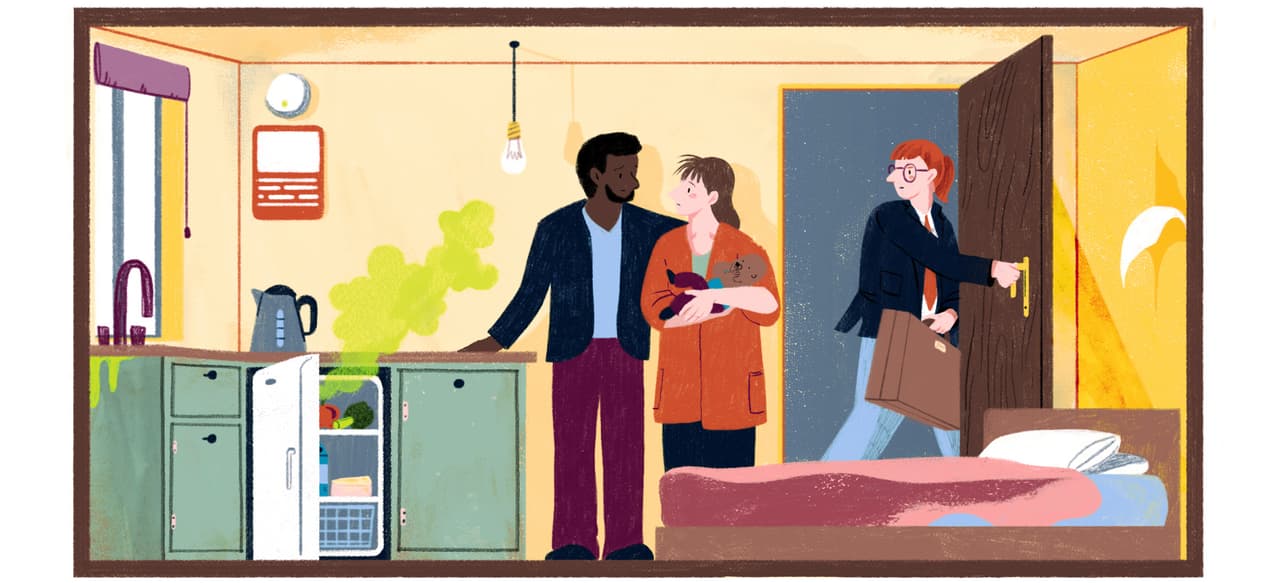
Locked Out: Check if there’s enough affordable housing in your area
Housing benefit is supposed to make sure people can afford to rent the cheapest 30% of homes on the market. That is far from the reality, a Bureau investigation has discovered.
On a single day, we checked listings for more than 62,000 two-bed properties across Great Britain and found only 6% of them had rents that would be covered by housing benefit. In some cities there were no affordable properties at all.
The average housing benefit would need to increase by £100 each month to make the bottom 30% — of the two-bed properties we sampled — affordable.
We also contacted hundreds of landlords who listed affordable properties and found that half would not even consider renting to people on benefits.
Methodology
The Bureau set out to find how many two-bedroom family homes across the UK were affordable for those on housing benefit on a single day and, of those, how many landlords would consider renting to benefit claimants.
We captured all available two-bedroom properties for rent in Great Britain advertised by Nestoria (a property search engine that pulls in property ads from multiple sites) on a single day. This “snapshot” captured the details of 62,695 two-bed properties advertised on 15/09/2019.
Local Housing Allowance is based on geography and allocated by Broad Rental Market Areas (BRMAs). We mapped the latitude and longitude of each property advertised against the BRMAs to find out how the rents corresponded with the local benefit allowance. Out of our sample, just 5.6%, 3,497 properties, would be affordable on housing benefit. We determined the cheapest 30% of rent price in each area from our snapshot (what housing allowance is meant to cover) and found the median price – £100 – that would need to be increased across the country.
We randomly selected a sample of 10% of all affordable properties and asked each landlord/letting agent whether they would rent to someone on benefits. We sent email enquiries under a pseudonym, claiming to be a single mother with an eight-year-old daughter, and asking whether the landlord would accept a tenant on benefits. We then followed up with further emails and phone calls, until we had responses from 315 properties and found — of the 181 properties still available — that half of landlords explicitly said they would not rent to those on benefits.
The Bureau partnered with Data Stories on this investigation. Data Stories is a research project between the University of Southampton and the Open Data Institute which addresses how the public engage with data in a "post-truth" society. The project brings data to people through art, games, and storytelling.
Illustrations by Harry Woodgate
Our reporting on the housing crisis is part of our Bureau Local project, which has many funders. Our work on the housing crisis was supported by the Bertha Foundation. None of our funders have any influence over the Bureau’s editorial decisions or output.





